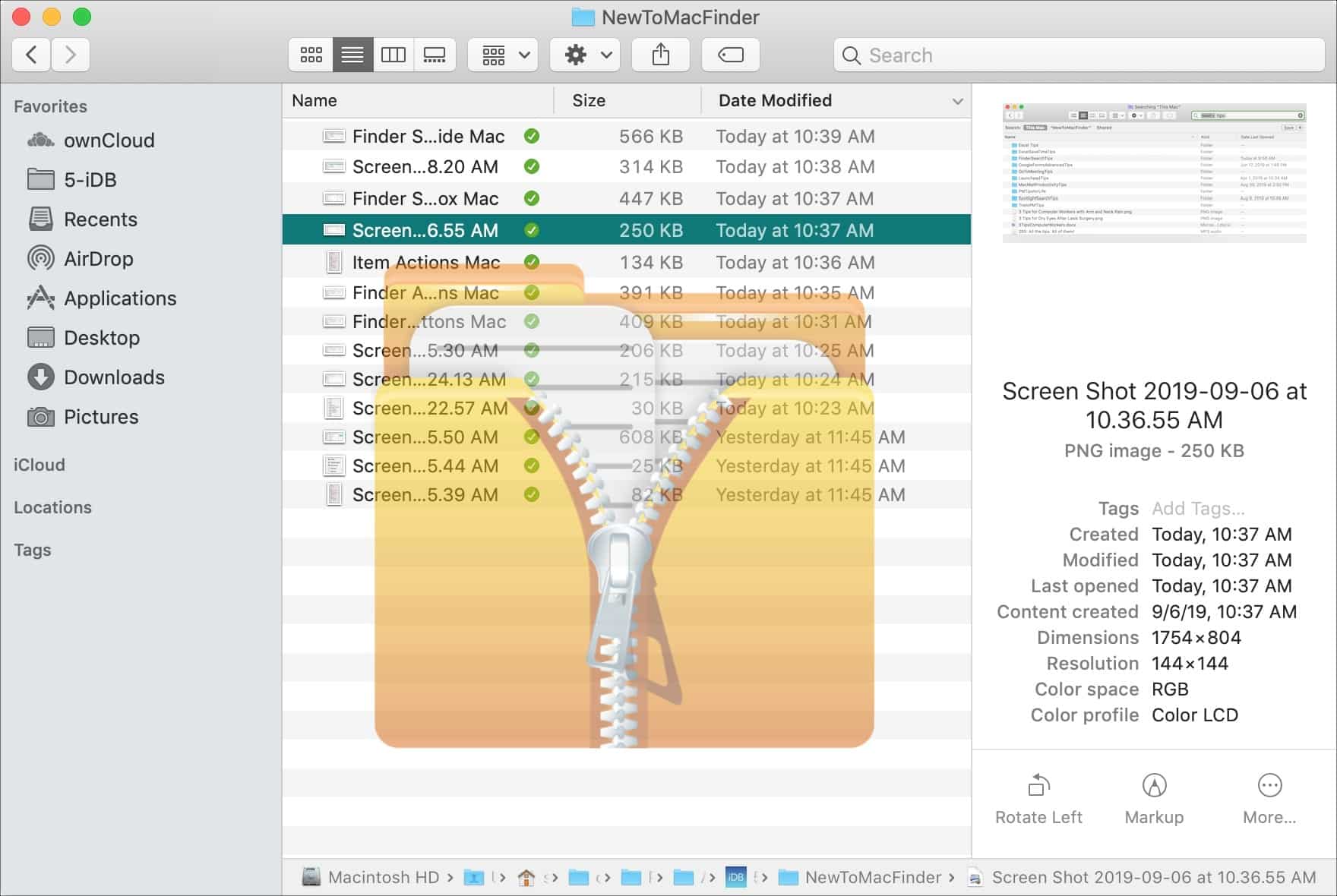

How to Prevent Safari on a Mac from Automatically Unzipping Folders (Guide with Pictures) Is your list of favorites not as useful as it could be? Find out how to delete favorites on Mac and make it easier for you to find the Web pages that you visit most often. Our tutorial below will show you how to change a setting in Safari so that it no longer opens these types of files by default. Safari will automatically open files that it considers safe, and one of the file types that it will do this for is zipped files.

This allows you to have control over when the contents of an archived file are unpacked, meaning that you can leave that in the zipped format for as long as you would like.īut zipped files that you download through Safari on your Mac are handled a little differently by default. If you are a Windows user with experience handling zipped files, then you are probably accustomed to unzipping them manually. Our guide continues below with additional information on how to stop your Mac from automatically unzipping files, including pictures of these steps. Uncheck the Open “safe” files after downloading box.Terminal will then spit out a few lines of code indicating that your zip file has been unzipped and the files within the folder should now be available on your desktop.3 Additional Sources How to Disable Mac’s Auto Unzip Feature Joshuas-MacBook-Pro-2:desktop joshuaerickson$ unzip test.zip

This means to Change Directory to Desktop. Joshuas-MacBook-Pro-2:~ joshuaerickson$ cd desktop Last login: Wed Jan 28 13:47:29 on console When you have terminal open, type in the following commands.

You can also search for Terminal in your Mac's Launchpad. You can search for Terminal in your Mac by clicking on the magnifying glass icon in the upper right corner or locate it in the Utilities folder, which is in the Applications folder. zip file to the desktop, it will make it easier to find your. Windows/PC users: Try WinRAR should a workaround be needed to unzip a folder! Step 1 - Move. You can also access it by searching for Terminal using OSX's search function, located in the top right part of the screen within the Finder or by using the search function in the upper center of the screen from your launchpad. Terminal is located in the Utilities folder, within the Applications folder on your Mac. In contrast to the mostly graphical nature of the user experience of OS X, terminal provides a command lined interface that connects to the operating system. Terminal is an application that provides provides text-based access to the operating system.


 0 kommentar(er)
0 kommentar(er)
